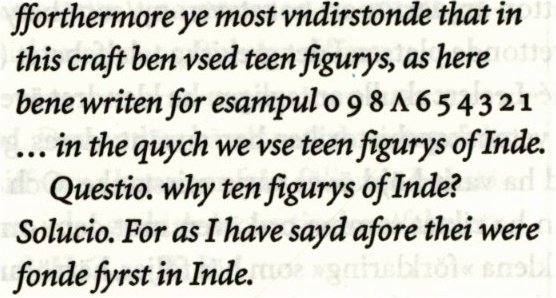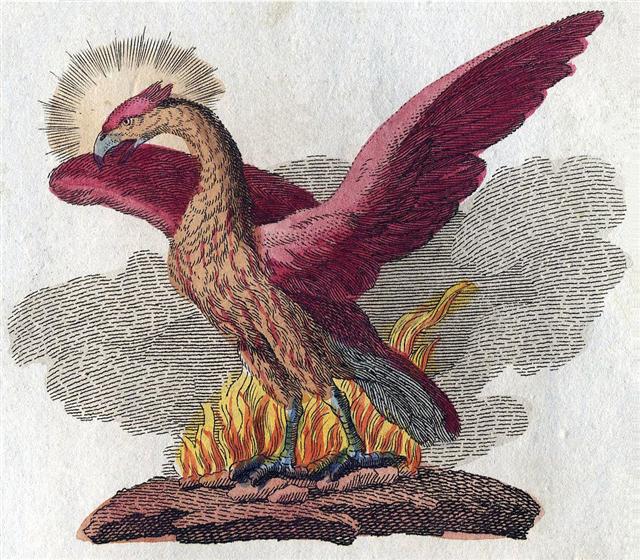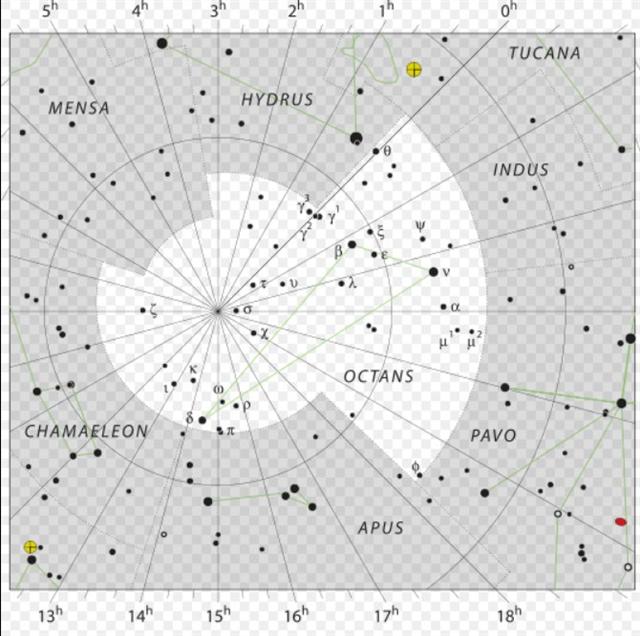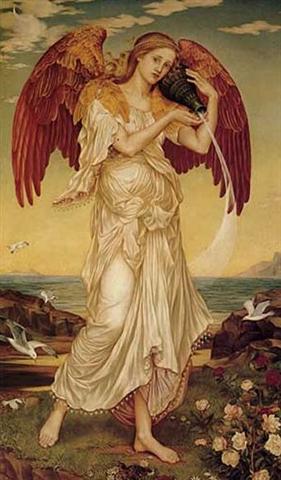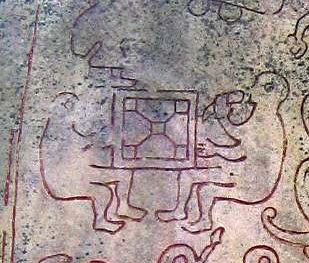So number 121 (= 11 * 11) ought to have been well known as representing a square of one more (11 = one more than 10), on(c)e more 'bright fire': ... Old Irish Beltaine is derived from a Common Celtic *belo-te(p)niâ, meaning 'bright fire' ...
"λ [Cancri], of the 6th magnitude, with adjacent stars, was in China Kwan Wei, the Bright Fire." (Allen)
Presumably this was why the creator of the G text placed the star named 'Bright Fire' (λ Cancri) as glyph number 61, perhaps corresponding to March 2 (1 + 31 + 28 + 1 = 61) or to MARCH 1 (61 = 4 + 29 + 28):
For although the place according to my conjectured structure should be MAY 21 (instead of the expected MAY 1) it seems reasonable to count from Ankaa, i.e. from where the eye (Ain) of the Bull would be 60 days ahead.
In support of these ideas is the number of days (123) which I once upon a time counted for the stretch of glyphs in my 'compressed calendar for the year':
... But as soon as his back was turned his brothers did the very things that he had told them not to. They began to eat food, which was a sacrilege because no portion had yet been offered to the gods. And they started to scale the fish and cut bits off it. When they did this, Maui had not yet reached the sacred place and the presence of the gods. Had he done so, all the male and female deities would have been appeased by the promise of portions of the fish, and Tangaroa would have been content. As it was they were angry, and they caused the fish of Maui to writhe and lash about like any other fish. That is the reason why this land, Aotearoa, is now so rough and mountainous and much of it so unuseful to man. Had the brothers done as Maui told them it would have lain smooth and flat, an example to the world of what good land should be. But as soon as the sun rose above the horizon the writhing fish of Maui became solid underfoot, and could not be smoothed out again. This act of Maui's, that gave our people the land on which we live, was an event next in greatness to the separation of the Sky and Earth ... March 20 (79 = *364) stretched all the way to the inside of the orbit of the south pole (θ Octantis, *364.4).
... Ecclesiastically, the equinox is reckoned to be on 21 March (even though the equinox occurs, astronomically speaking, on 20 March [*364] in most years) ... March 20 (79) - 40 = 39 ("February 8) = 365 + 39 = 404. Therefore 5 days would remain before another year was due to dawn.
March 20 + 5 = March 25 (84) = Julian equinox.
The Rogo figure with a perfect circle in his belly (Gb3-15) evidently was correlated with the Julian equinox, whereas Rogo at Sirrah was at the Gregorian equinox: ... When Julius Caesar established his calendar in 45 BC he set March 25 as the spring equinox. Since a Julian year (365.25 days) is slightly longer than an actual year the calendar drifted with respect to the equinox, such that the equinox was occurring on about 21 March in AD 300 and by AD 1500 it had reached 11 March. This drift induced Pope Gregory XIII to create a modern Gregorian calendar. The Pope wanted to restore the edicts concerning the date of Easter of the Council of Nicaea of AD 325.
... On February 9 the Chorti Ah K'in, 'diviners', begin the agricultural year. Both the 260-day cycle and the solar year are used in setting dates for religious and agricultural ceremonies, especially when those rituals fall at the same time in both calendars. The ceremony begins when the diviners go to a sacred spring where they choose five stones with the proper shape and color. These stones will mark the five positions of the sacred cosmogram created by the ritual. When the stones are brought back to the ceremonial house, two diviners start the ritual by placing the stones on a table in a careful pattern that reproduces the schematic of the universe. At the same time, helpers under the table replace last year's diagram with the new one. They believe that by placing the cosmic diagram under the base of God at the center of the world they demonstrate that God dominates the universe. The priests place the stones in a very particular order. First the stone that corresponds to the sun in the eastern, sunrise position of summer solstice is set down; then the stone corresponding to the western, sunset position of the same solstice. This is followed by stones representing the western, sunset position of the winter solstice, then its eastern, sunrise position. Together these four stones form a square. They sit at the four corners of the square just as we saw in the Creation story from the Classic period and in the Popol Vuh. Finally, the center stone is placed to form the ancient five-point sign modern researchers called the quincunx ...
|
||||||||||||||||||||||||||||||||||||||||||||||||||||||||||||||||||||||||||||||||||||||||||||||||||||||||||||||||||||||||||||||||||||||||||||||||||||||||||||||||||||||||||||||||||||

